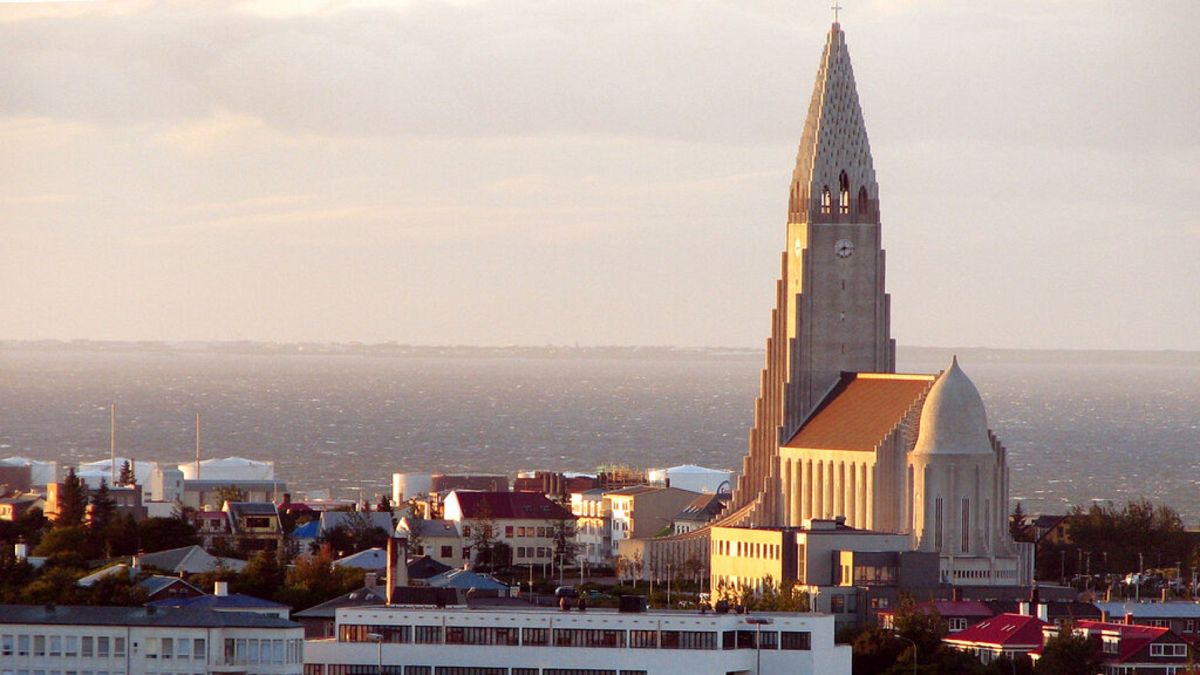Which European cities have the best and worst air quality?

New European Environment Agency data ranks urban centres based on fine particulate matter pollution, which has the highest negative health impacts.
Air pollution is still Europe’s biggest environmental health risk, according to the European Environment Agency (EEA).
New data shows that, while policies to reduce pollution have improved air quality over the last three decades, many European city dwellers are exposed to unsafe levels. Three out of four people live in urban areas and most of them are exposed to unsafe levels of air pollution.
Europe has one of the most comprehensive air quality monitoring networks in the world and its latest data shows where people are most at risk.
The EEA’s city air quality viewer ranks 375 cities from the cleanest to the most polluted based on average levels of fine particulate matter or PM2.5 over the last two years. It focuses on this pollutant because it has the highest negative health impacts in terms of premature death and disease.
The map, compiled using data from 500 monitoring stations in urban locations across EEA member states, reveals the typical air quality in European cities in 2022 and 2023.
Which European cities have the best and worst air quality?
Two Swedish cities, Uppsala and Umeå, top the EEA’s list of those with the least PM2.5 pollution. Faro, Portugal was the third least polluted city followed by Reykjavik in Iceland and Oulu in Finland.
World Health Organization guidelines recommend a maximum of 5 μg/m3 for fine particulate matter for long-term exposure to protect health. Just 13 European cities had average long-term PM2.5 concentrations below the WHO guideline including four northern capital cities: Reykjavik, Tallinn, Stockholm and Helsinki.
Only six European countries had cities with long-term fine particulate pollution below this limit – Sweden, Portugal, Iceland, Finland, Estonia and Norway.
At the other end of the scale, Slavonski Brod in Croatia had the worst PM2.5 pollution levels at 26.5 μg/m3. This is above the European Union’s annual limit of 25 μg/m3 for fine particulate matter for long-term exposure set in 2008 and more than five times the WHO guideline.
Nowy Sacz, Poland, was the second most polluted, coming in just under the EU annual limit. It was followed by five Italian cities at the bottom of the list: Cremona, Vicenza, Padova, Venezia and Piacenza.
What is the EU doing to improve air quality?
The European Green Deal’s zero pollution action plan includes a target of reducing premature deaths from fine particulate matter by 55 per cent compared with 2005 by 2030. It also sets a goal of ensuring there are no long-term health impacts by 2050.
To achieve this goal, EU institutions reached an agreement earlier this year on a proposal to update air quality standards. Known as Ambient Air Quality Directives, these set air quality standards for 12 air pollutants.
Potential updates include aligning the EU’s air quality standards closer to the WHO guidelines.
Later this year, the EEA will publish data on how air pollution is impacting Europe’s ecosystems and human health. This will include estimates of the number of deaths and cases of ill health that can be attributed to poor air quality.
World News || Latest News || U.S. News
Source link



